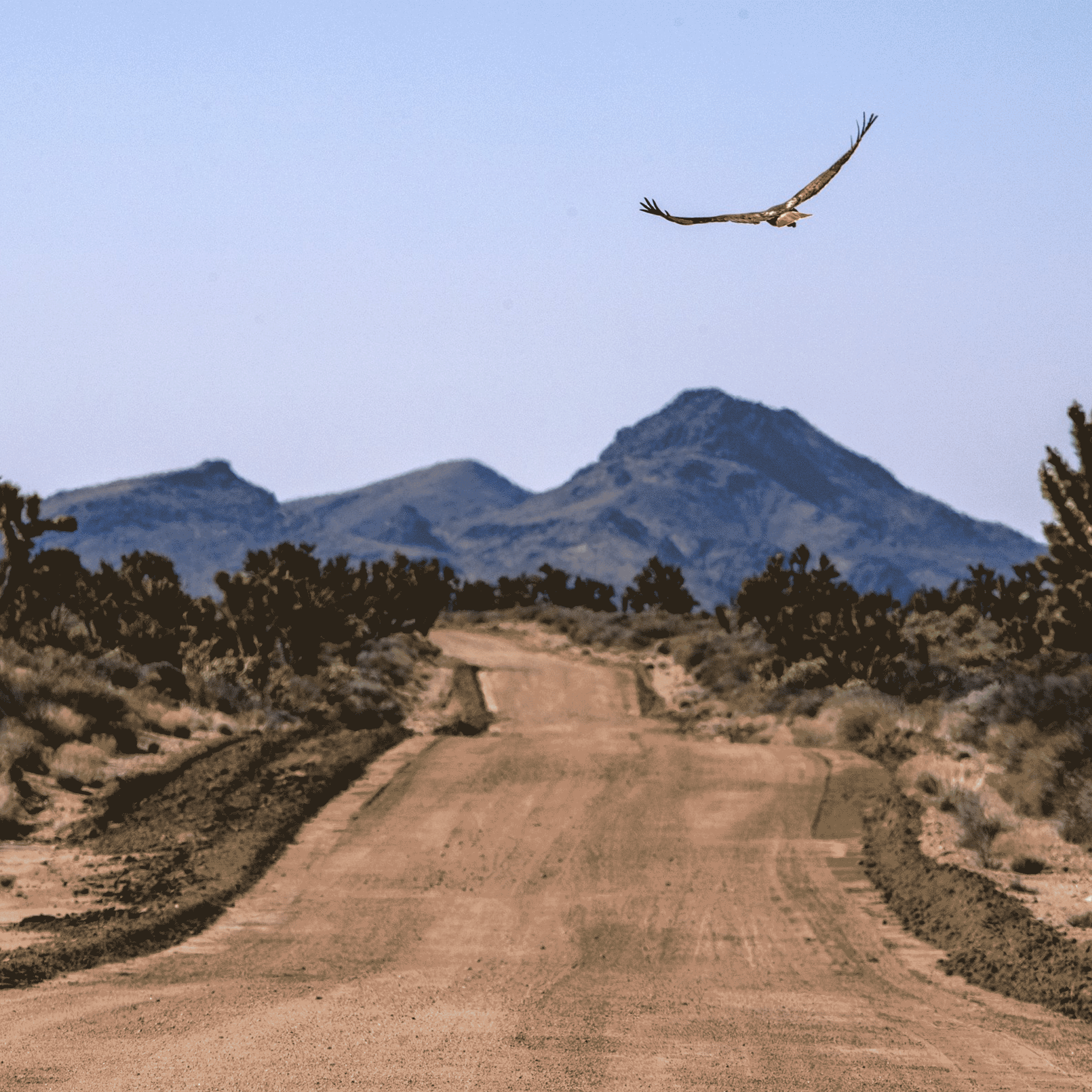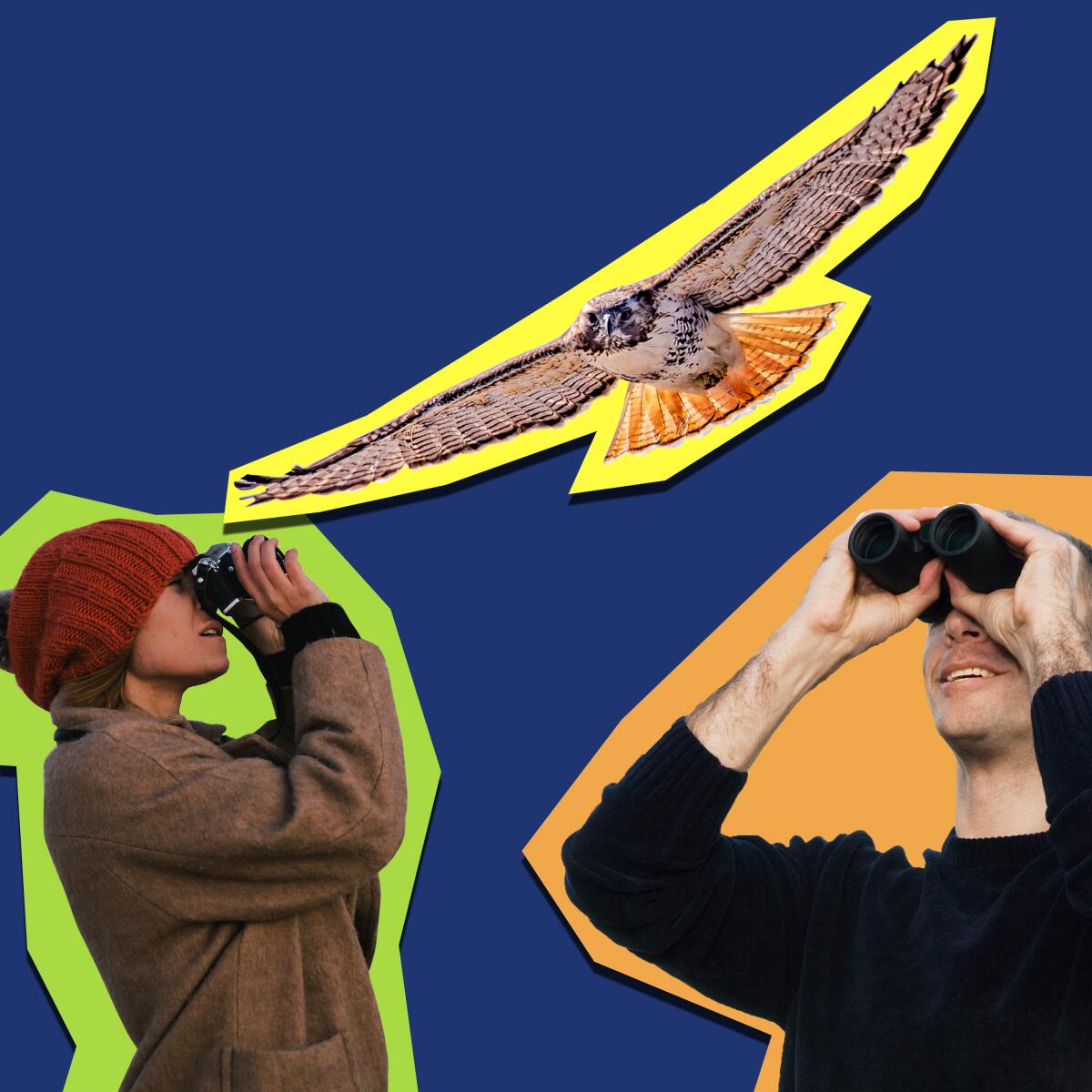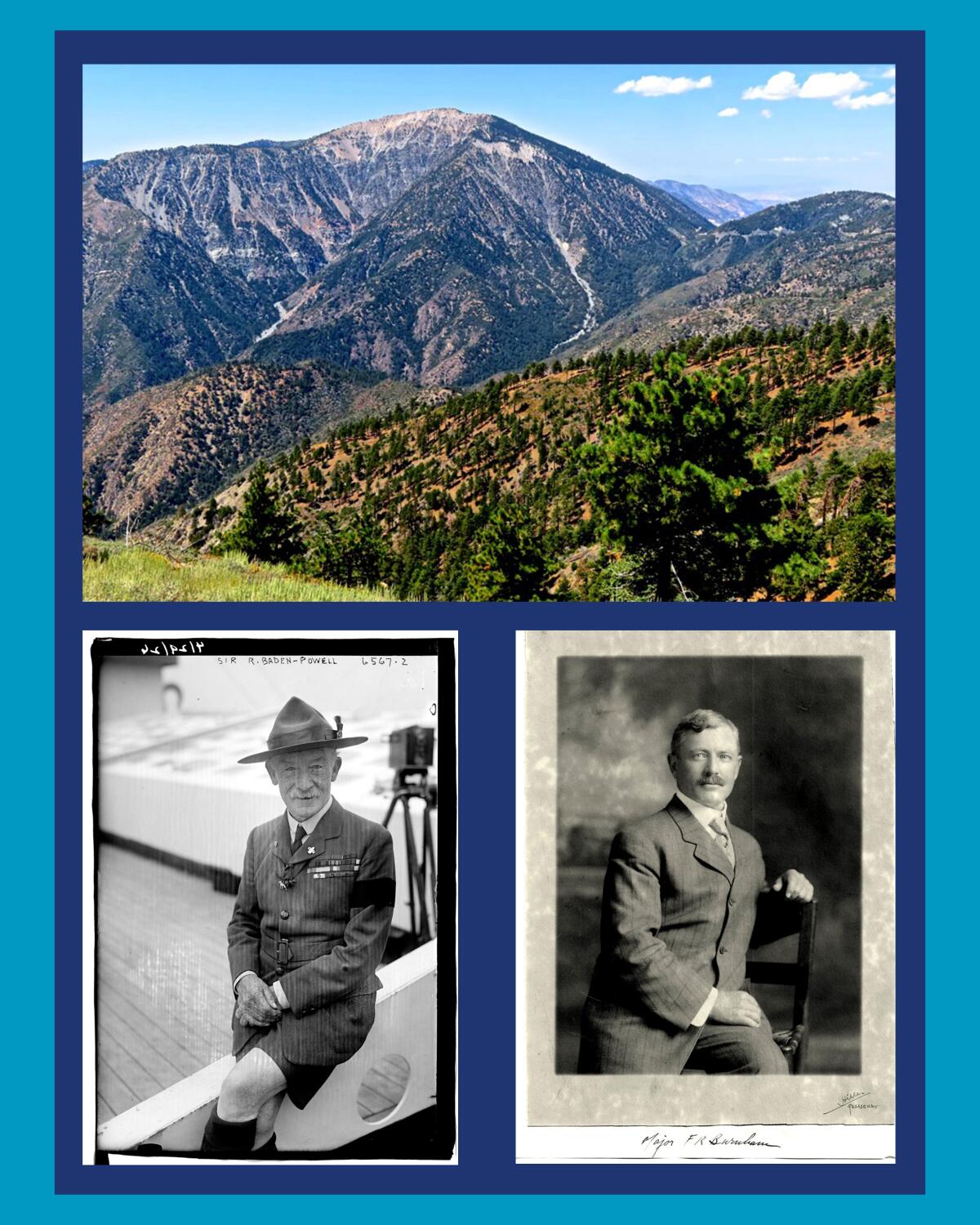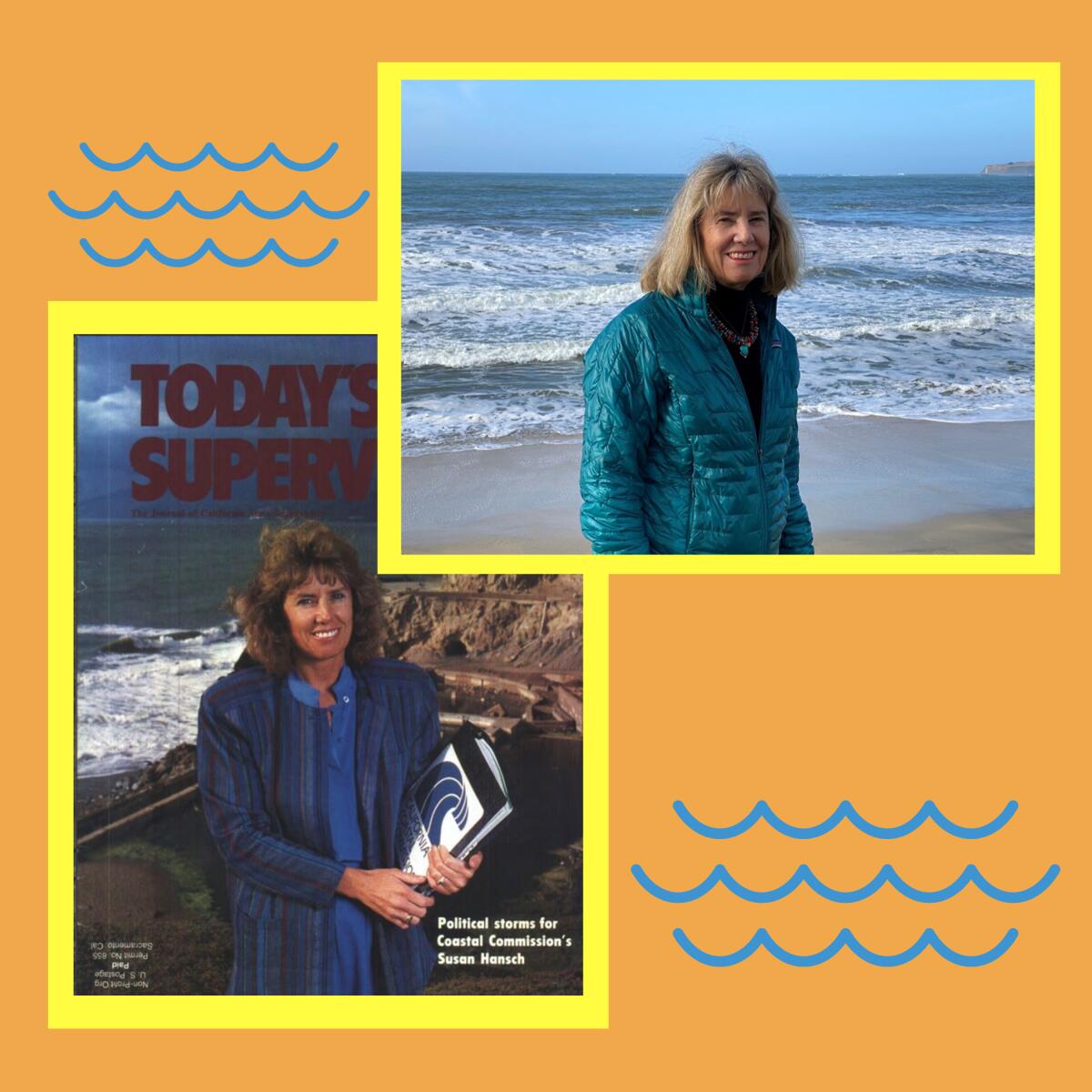Plan an off-road adventure in the Mojave Desert

- Share via
By Mary Forgione
Design and illustrations by Micah Fluellen
Sign up to get The Wild sent weekly to your inbox.
We’re all making resolutions for the new year, but what about trying new ways to reach your goals? My colleague Brittany Hite had success last month after joining an online group.
“With nothing to train for and the added stresses of the pandemic, I lost my motivation to run more than a few miles here and there,” she wrote. “That’s when I linked up with the RED (Run Every Day) December challenge. The goal is to run a minimum of a mile each day, more if you can. The concept isn’t new, but it is gaining momentum as many seek motivation during the pandemic. For example, a RED January challenge on Instagram and Facebook has already signed up 45,000 people, and #redjanuary2021 already has more than 5,000 posts on Insta.
“For me, in a year in which I haven’t seen most of my friends or family except on Zoom screens … the RED December group became a refuge, a way to feel connected to something bigger than myself at such a brutal time. I suddenly had a whole new group of running mates, working toward a common goal and cheering me to the virtual finish line.” Read the full story.
3 things to do this week

1. Plan an off-road adventure in the Mojave Desert. No bathrooms, no Wi-Fi, no water — that’s the allure of the Mojave Road, “considered one of the nation’s best backcountry journeys,” Times contributor David Kelly writes of his journey last spring. “The rugged former wagon trail is a drive through history and some of the best desert landscapes in America, stretching roughly 140 miles from the Colorado River near Fort Mohave, Ariz., through the Mojave National Preserve, before petering out past Camp Cady east of Barstow.” Winter and spring are the best times to go, but read up on this route that is as socially distanced as you can get. You’ll need a worthy vehicle, a tow rope, wood planks and a whole lot more. Why go? It’s a chance to see remote stretches of the desert, particularly during wildflower season. Read the full story, which tells you everything you need to know to go the distance.

2. Sign up for free virtual events at the Outdoor Retailer winter show. Debra Haaland, newly nominated U.S. secretary of the Interior who, if confirmed, will be the first Native American to hold the title, will speak on a panel about inclusivity among outdoor companies Jan. 20 as part of the Outdoor Retailer winter show. All are welcome to attend the virtual panel — for free. The annual Outdoor Retailer event showcasing the latest outdoor gear usually takes place in person over three days. With the continuing pandemic, it has become a three-month event with plenty of panels and activities for people to join. There are morning yoga and meditation sessions as well as the Backcountry Film Festival about skiing and snow sports hosted by Winter Wildlands Alliance. The show runs through March 19. Find the full schedule and register here.

3. Volunteer to be a nest-watcher with the L.A.-area raptor survey. Each year, volunteers are asked to take notes on what’s happening in owl and hawk nests in our urban midst. The community-based science project monitored 192 active nests and 38 presumed breeding areas in 2020. In this springtime survey, volunteers visit assigned nests at least twice a month and record data on what’s happening. Nests are in Griffith Park and adjacent areas. You must apply by Jan. 31 and attend mandatory Zoom training from 10 a.m. to noon Feb. 20. Find out more and sign up here.
The must read

How much do hikers know about the back story of their local peaks? Maybe not enough. In a Times opinion piece, Andrew Offenburger singles out Mt. Burnham and Mt. Baden-Powell in the San Gabriel Mountains as peaks in urgent need of renaming. “These two peaks ... share more than curious allusions to distant lands and the hiking trail between them,” he wrote. “Through their namesakes, they share a history of scouting, militarism, toxic masculinity, empire — and white supremacy.” Offenburger proceeds to lay out the “darker side of these frontiersmen” that cannot be ignored. Read the full story.
How do you change the names? It’s tricky. The Board on Geographic Names, part of the U.S. Geological Survey, has a process for renaming peaks or other natural features. “The [board] will consider proposals to change names considered derogatory or offensive,” according to rules on the agency’s website. “As with any name change, there must be a compelling reason and evidence of support for the change.” And you must have a replacement name ready because once a peak is named, it cannot be unnamed, only changed to another name. Hmm, anyone have suggestions for new names?
Kidding around

Kids, here’s something novel to do at the beach: sand sledding! Red Tricycle points to three great places around L.A. where young ones can hit the (sand) slopes: Zuma Beach in Malibu as well as sand berms near Hermosa Beach Pier and Venice Pier. A simple plastic sled or saucer will do to glide down sandy banks. (Parents may want to help this along by carving a path in advance.) Combine sledding with a pier or beach walk to round out the day.
Wild things

In 1972, California decided to protect its 1,200-mile wild shoreline with the passage of the Coastal Act. It created the California Coastal Commission to oversee the state’s much-loved public treasure. “One woman has been there since the very beginning,” Times staffer Roxanna Xia writes. “Considered the heart and brains of the [commission], Susan Hansch has kept the pulse of the agency beating for more than four decades. She is the lesser-known half to the one in charge, the longtime deputy to the numerous men who have taken the helm.”
Hansch, who is retiring after 46 years, leaves an impressive record as one of the few people who have been with the agency from the start. It’s a story not only about the power of one but also about the commitment and tenacity it takes to stand up to developers and Big Oil to protect what we love. Read the full story.
P.S.

In case you missed it, author Barry Lopez died on Christmas Day. He wrote about the Arctic, the Galapagos, the Grand Canyon, Antarctica and other fragile and fantastic natural places, shining a light on the bond between Indigenous people and the Earth. In 1986, he won what’s now called the National Book Award for nonfiction for “Arctic Dreams: Imagination and Desire in a Northern Landscape.” Check out this appreciation of Lopez who, in his own words, searched for “the ability to articulate our meaning in the world.”
Send us your thoughts
Share anything that’s on your mind. The Wild is written for you and delivered to your inbox for free. Drop us a line at TheWild@latimes.com.
Click to view the web version of this newsletter and share it with others, and sign up to get it sent weekly to your inbox. I’m Mary Forgione, and I write The Wild. I’ve been exploring trails and open spaces in Southern California for four decades.

Sign up for The Wild
We’ll help you find the best places to hike, bike and run, as well as the perfect silent spots for meditation and yoga.
You may occasionally receive promotional content from the Los Angeles Times.




